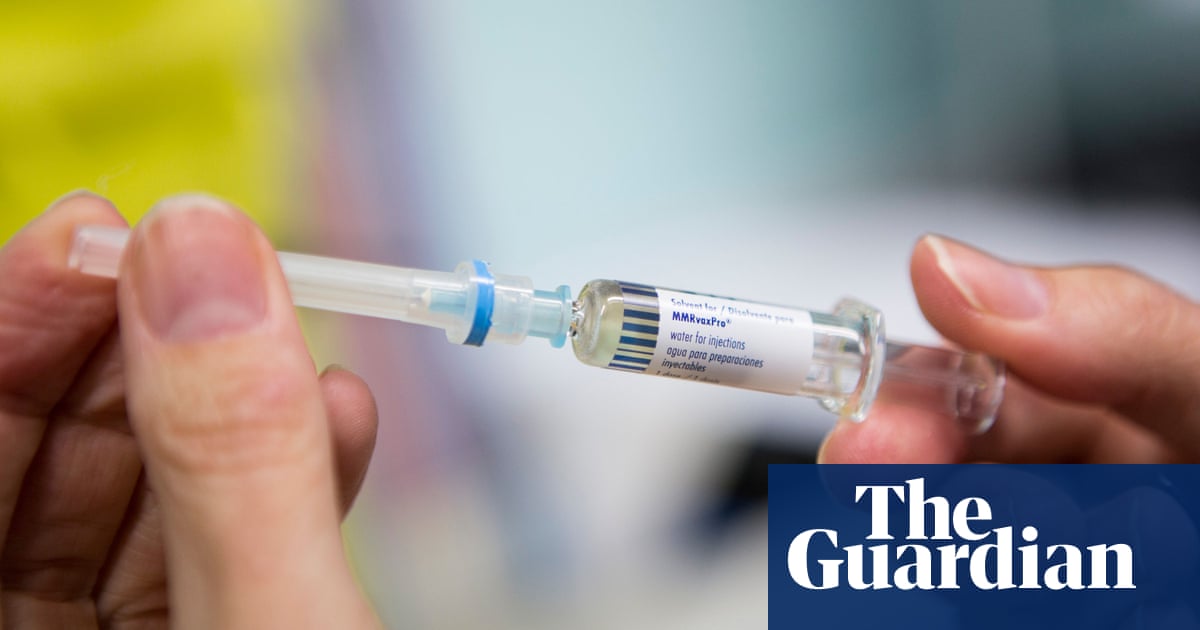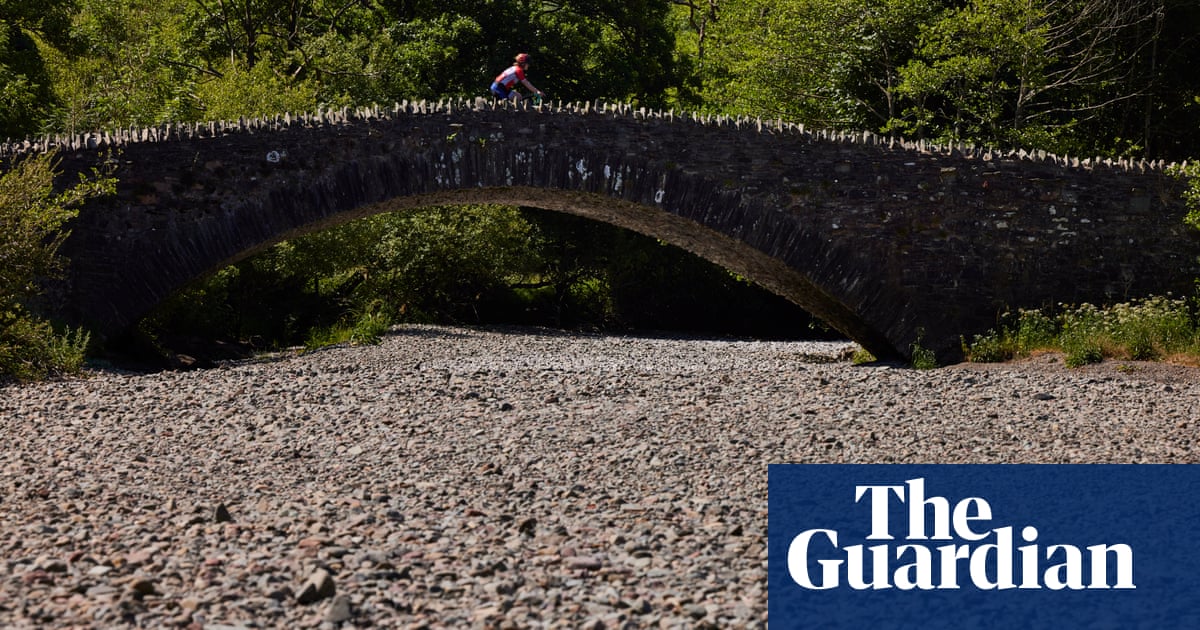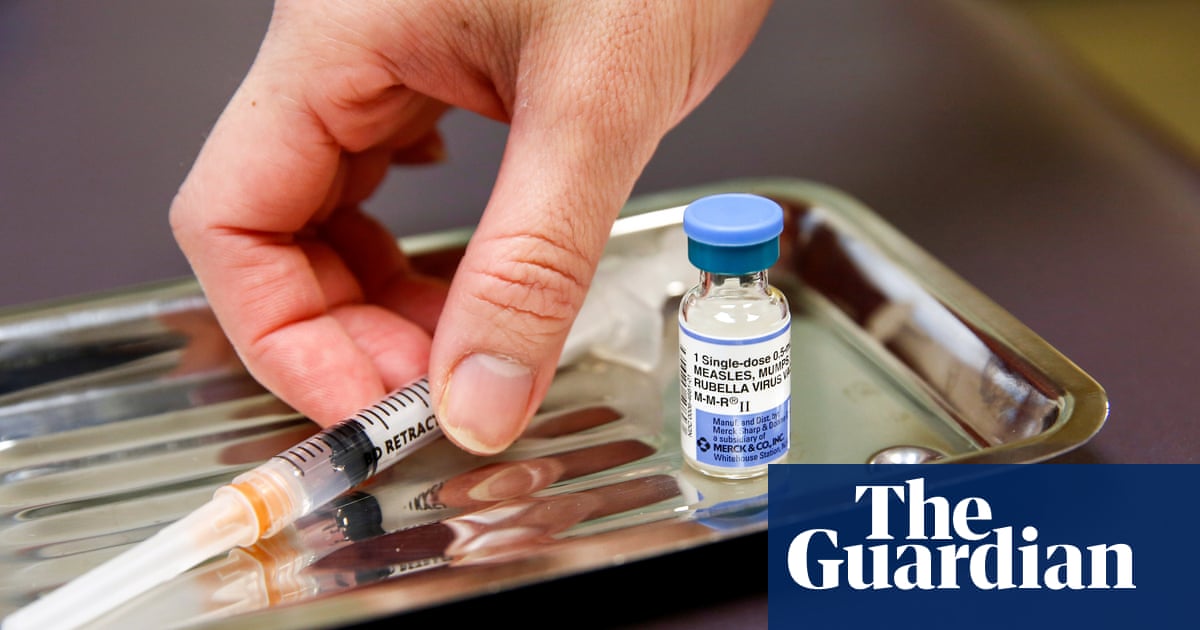
Covid-19 vaccine uptake in England has almost halved over the past fortnight, with health experts blaming mixed government messaging about normality returning on 19 July.
Analysis from the Guardian found that take-up had particularly slowed among people under the age of 30 in the last three weeks after an initial surge of enthusiasm that the government likened to a “Glastonbury-style rush”.
There have been no significant supply issues reported with any of the three coronavirus vaccines licensed in the UK.
In Manchester, where coronavirus case rates are more than twice the English average, trained army personnel were deployed to help administer vaccines, only for soldiers to end up with little to do.
At lunchtime on Monday there was no queue at a pop-up clinic in Belle Vue, Gorton. In this ethnically diverse area of east Manchester, 61% of the adult population had received their first vaccine dose by Monday, compared with the national average of 86% (65% for two doses).
There were similar reports in the last week from another pop-up clinic in multicultural Moss Side, where first-dose take-up was just 45% by Monday. People attending the clinics did not need ID nor need to be registered with a GP, and nor did they have to prove immigration status.
David Regan, the director of public health for Manchester, said vaccine take-up had since picked up at both sites, but he was worried that people had been lulled into a false sense of security with all the focus on the “return to normality”.
He said: “There’s a concern around the messaging getting lost in the [opening-up announcement] in terms of transmission of the Delta variant. Yes, the link between infection, hospitalisation, serious illness and death has been severely weakened, but hasn’t been completely broken.”
Older groups remained at risk of serious illness even with vaccination, and high rates of long Covid in all age groups could cause big problems further down the line, he added.
After being designated an “enhanced response area” early in June, army forces went to Manchester to support mass vaccination. The problem now was not capacity but engagement, said Regan. “We’ve tipped from queues and not being able to manage demand, to a place where we have the supply and have to generate that demand.”
He said the city had 26,368 appointment slots next week and was using local social media influencers to spread the word, as well as “myth-busting ambassadors on WhatsApp groups”.
The Sheffield inner-city districts of the Cathedral Quarter and Kelham have the lowest vaccination take-up rate in England. As of Monday just 31.8% of adults there had received one dose and 8.4% two.
Greg Fell, the director of public health for Sheffield, said that while he felt the further unlocking of society was inevitable, people should not underestimate the risks.
“I am aghast at the idea this is all over and gone away now,” he said. “The roadmap is over, no doubts about that. But this virus is still harming people and we need to continue to be careful about it.”
Increasing vaccine take-up before autumn was crucial, Fell said. “I think the country has done a really, really good job on vaccination, no two ways about that. But there are still many people who haven’t had dose one. Never mind dose two.
“In the over-50s, for us, coverage is 90% ish, which is amazing … but that’s still 10% of the population over 50 [who have not had a jab]. In numbers this is about 16,000 people aged over 50 in Sheffield who haven’t had their first dose. That is a non-trivial number of people. Some of them will come to harm.”
Fell said the Cathedral and Kelham figures should be viewed with caution, given that an estimated 66.5% of residents were students, many of whom had returned home. “They’ll still be in our numbers but they aren’t going to get a needle stuck in their arm in Sheffield,” he noted.
On Tuesday just 85,811 Covid-19 vaccine doses were given in the UK; the seven-day average is 114,1532, down 43% from 199,512 a fortnight earlier.
Vaccination data for 25- to 29-year-olds in England showed that 27.6% had received their first dose by 8 June, when everyone in that age category became eligible. The proportion rose to 37.5% the following week and 46% the week after that.
However, in the week to 6 July the proportion increased by just 2.6 percentage points, and it now stands at 55.6%. A similar trend is apparent among 18- to 24-year-olds.
Covid-19 case rates are high among young people, meaning many will be unable to get their first dose yet. There were 422 infection cases per 100,000 among 25- to 29-year-olds on 2 July, more than double the rate among 45- to 49-year-olds, which stands at 189 per 100,000.
A Department of Health and Social Care spokesperson said: “There are no shortages of vaccines. Our vaccination programme is making phenomenal progress and building a wall of protection – with more than four in five people in the UK receiving their first dose.”












